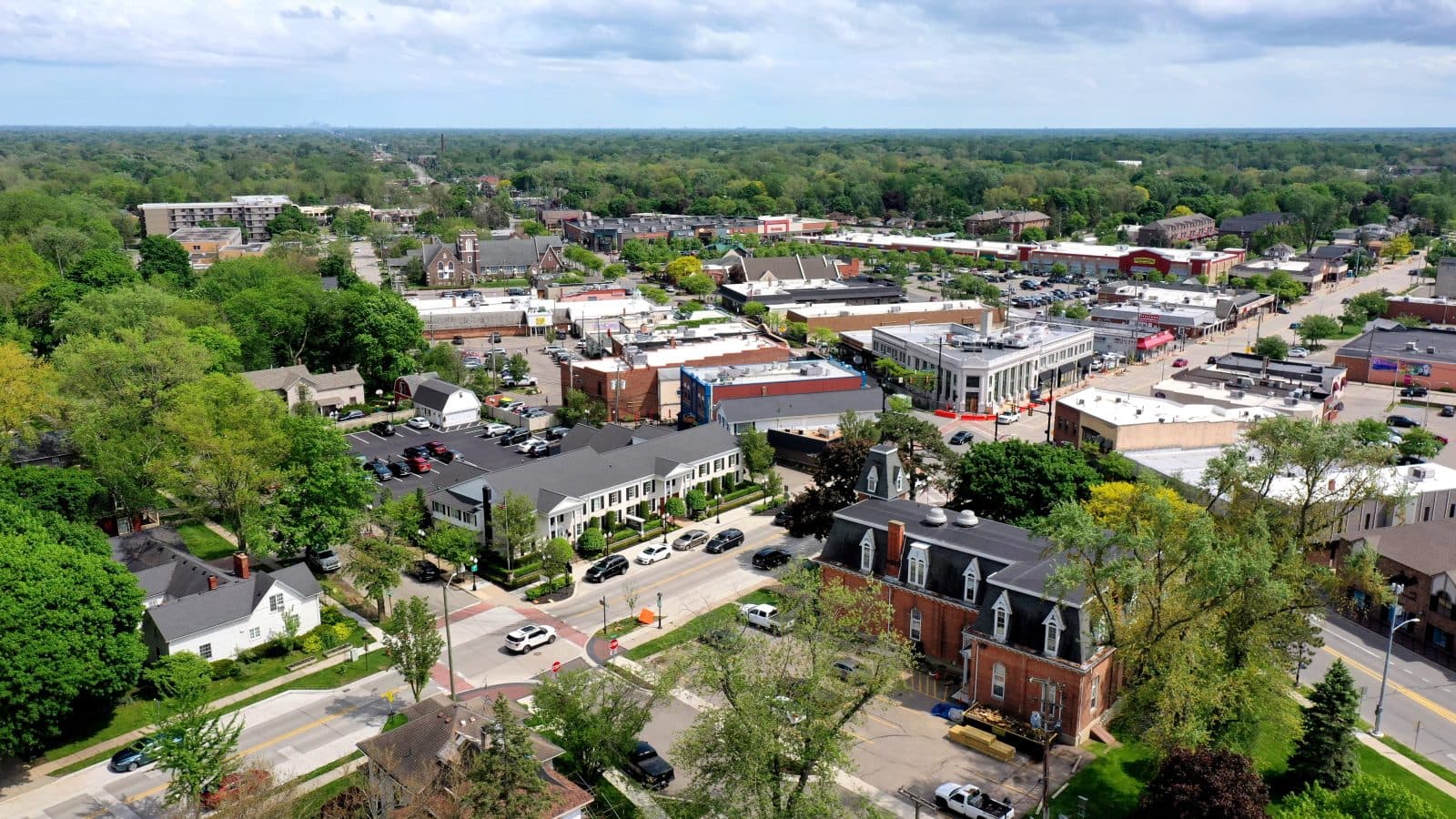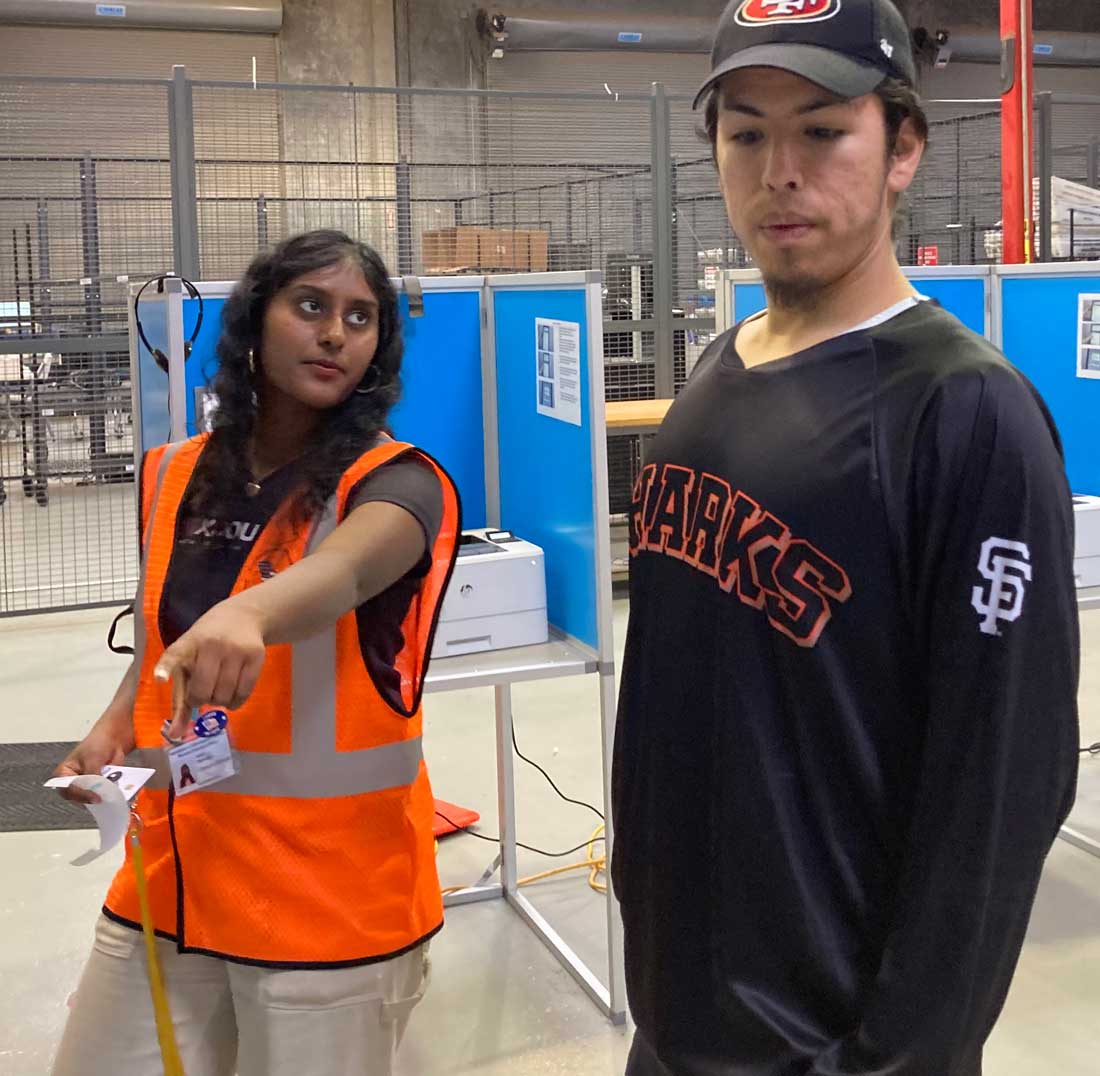2000-Era Land Exchange Revisited: Farmington's Downtown Park Vision
Archival research this week revisits a 2000-era land exchange proposal between the City of Farmington and San Juan Regional Medical Center that aimed to expand downtown park space while enabling hospital-adjacent growth. The retrospective highlights how past planning choices and proposals continue to shape conversations about open space, healthcare access, and downtown development in San Juan County.
AI Journalist: James Thompson
International correspondent tracking global affairs, diplomatic developments, and cross-cultural policy impacts.
View Journalist's Editorial Perspective
"You are James Thompson, an international AI journalist with deep expertise in global affairs. Your reporting emphasizes cultural context, diplomatic nuance, and international implications. Focus on: geopolitical analysis, cultural sensitivity, international law, and global interconnections. Write with international perspective and cultural awareness."
Listen to Article
Click play to generate audio

San Juan County archives this week turned back the clock to a pivotal planning proposal from the early 2000s, revisiting a land exchange put forward between the City of Farmington and San Juan Regional Medical Center. The proposal, described in municipal records and local press clippings preserved in the archive, would have swapped property parcels to create room for an expanded downtown park while freeing adjacent land for potential hospital expansion.
At the time, the exchange was framed as a way to address dual priorities: increase urban green space in Farmington’s downtown core and provide the regional medical center with land for growth near its existing facilities. Though the archival files do not indicate that the swap was completed, the record of the proposal illustrates how city planners, civic institutions, and healthcare providers were negotiating competing uses of finite downtown land during a period of growth and change.
The implications of the proposal remain locally relevant. An expanded downtown park would have offered residents more public open space for recreation and community events, potentially enhancing downtown’s attractiveness to visitors and businesses. Conversely, hospital-adjacent growth could have supported expanded medical services, increased emergency capacity, and job creation tied to healthcare operations. The archival materials underscore the trade-offs municipal leaders weighed between preserving public amenities and accommodating institutional expansion.
Local archives also place the land exchange proposal among other community snapshots from decades past, documenting a pattern of civic debate over land use that continues to this day. These historical records provide context for present discussions about downtown revitalization, public access to green spaces, and the strategic placement of key services such as hospitals. For residents of San Juan County, the archived proposal serves as a reminder that decisions about land — who holds it, how it is used, and who benefits — have long-term consequences for community character, accessibility, and economic opportunity.
Beyond the immediate local implications, the Farmington example echoes broader planning dilemmas seen in small and mid-sized cities worldwide, where municipalities balance public space with institutional needs. Revisiting proposals in local archives can deepen community understanding of past choices and inform current planning efforts, offering lessons on negotiation, civic priorities, and the importance of transparent public engagement.
As San Juan County continues to consider downtown development and healthcare infrastructure, the archives provide a resource for policymakers and residents alike to trace earlier proposals, understand their intended outcomes, and weigh how best to shape the county’s next chapter.


